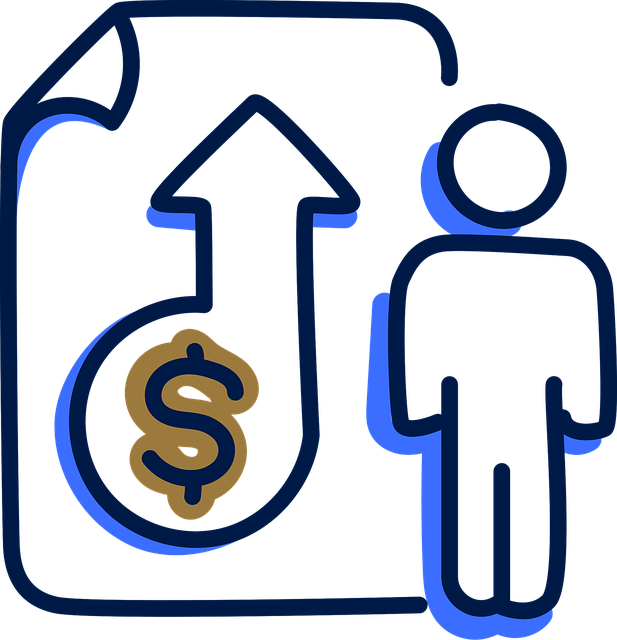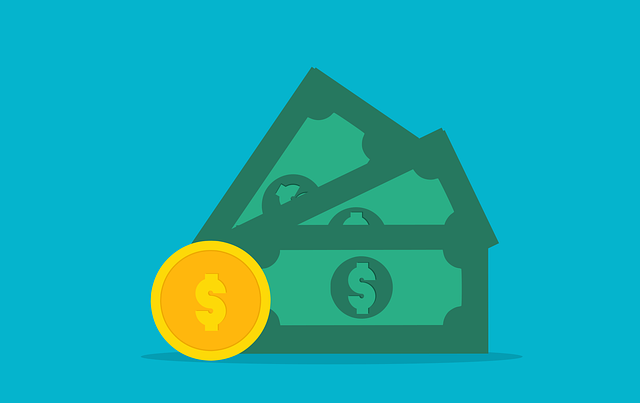Debt consolidation through Consolidate Debt Into One Loan streamlines repayment by merging multiple credit card debts into a single loan with lower interest rates, simplifying bill management and improving cash flow. This involves applying for a new loan to settle existing balances, considering interest rates, repayment periods, and fees. Combining debts offers benefits like reduced overall repayment costs, improved credit score, and better borrowing terms in the future. Evaluating your financial situation is crucial, as consolidation requires responsible payment practices for long-term success. Compare loan options based on interest and terms to find the ideal method, and effectively manage your debt post-consolidation through budgeting, tracking spending, and automating payments.
Struggling with multiple credit card debts? Consolidating them into one loan could be a game-changer. This article guides you through the process, from understanding debt consolidation to exploring loan options and effective post-consolidation strategies. Discover the benefits of combining your debts, evaluate your financial situation for eligibility, and make informed decisions to take control of your finances. Start consolidating today and watch your debt melt away!
- Understanding Credit Card Debt Consolidation
- Benefits of Combining Multiple Loans
- Evaluating Your Financial Situation for Eligibility
- The Loan Options Available for Debt Consolidation
- Strategies for Effective Post-Consolidation Management
Understanding Credit Card Debt Consolidation

Credit card debt consolidation is a strategic financial move that involves combining multiple credit card debts into a single loan with potentially lower interest rates and more manageable terms. This approach allows individuals to simplify their repayment process, making it easier to keep track of payments. By consolidating, borrowers can reduce the number of monthly bills they need to manage, which can help alleviate stress and improve cash flow.
The process typically involves applying for a new loan that will pay off all existing credit card balances. This new loan offers better terms, often with a lower interest rate, which can significantly impact the overall cost of repayment. It’s crucial to understand the terms and conditions of the consolidated loan, including the interest rate, repayment period, and any associated fees. This step is essential in ensuring that you’re making an informed decision that aligns with your financial goals.
Benefits of Combining Multiple Loans

Combining multiple credit card debts into one loan offers several significant advantages. Firstly, it simplifies financial management by consolidating all your debt payments into a single, manageable loan with potentially lower interest rates. This can help reduce the overall cost of repayment compared to maintaining separate cards. By doing so, you’ll save time and effort in keeping track of multiple payment deadlines.
Additionally, a consolidated loan can improve your credit score over time. Making consistent on-time payments towards one loan demonstrates responsible financial behavior to creditors, which can lead to better interest rates and borrowing terms in the future. This strategic approach to debt management is a game-changer for individuals looking to gain control of their finances and move towards a debt-free future.
Evaluating Your Financial Situation for Eligibility

Evaluating your financial situation is a crucial step before consolidating credit card debt into one loan. This process involves understanding your current income, fixed expenses, variable expenses, and existing debt obligations. It’s important to note that eligibility for consolidation depends on several factors, including your credit score and the types of debts you carry. If you have multiple credit cards with varying interest rates, consolidating can simplify your payments by combining them into a single loan with potentially lower overall interest.
To maximize the benefits of debt consolidation, aim for a good credit standing. Lenders typically offer lower interest rates to borrowers with strong credit histories. Additionally, assess your ability to make consistent repayments. Consolidation provides a structured repayment plan, so ensuring you have a stable income and a realistic budget is essential. Remember that while consolidation can simplify debt management, it’s not a quick fix; responsible financial management practices are key to long-term success in reducing and eliminating debt.
The Loan Options Available for Debt Consolidation

When considering consolidating your credit card debt into one loan, several options are available to help streamline your repayment process. The most common approaches include balance transfer cards and personal loans. Balance transfer cards offer a promotional period with 0% interest, allowing you to move your debt without incurring additional charges. This can be a strategic way to pay off the debt over time without the burden of high-interest rates. Alternatively, personal loans from banks or credit unions provide a fixed interest rate and repayment term, making it easier to budget for consistent payments.
Debt consolidation loans often have lower interest rates than multiple credit cards, saving you money in the long run. Additionally, these loans may offer flexible terms, allowing for smaller monthly payments that fit your financial situation. It’s essential to compare loan options, considering factors like interest rates, fees, and repayment periods to choose the most suitable debt consolidation method for your specific needs.
Strategies for Effective Post-Consolidation Management

After successfully consolidating your credit card debt into one loan, effective management is key to staying on track and reaping the benefits of this financial move. A solid strategy involves creating a detailed budget that accounts for all expenses and ensures repayment aligns with your income. Track your spending diligently, allocating funds for essentials while setting aside a portion for loan payments. Regularly reviewing and adjusting your budget as needed will help maintain discipline and prevent overspending.
Additionally, consider automating your loan payments to ensure punctuality and avoid late fees. Many lenders offer online banking services or mobile apps that allow you to set up automatic deductions from your bank account on the due dates. This streamlined approach ensures consistency in debt repayment, showcasing responsible financial management and fostering a positive relationship with your lender.















